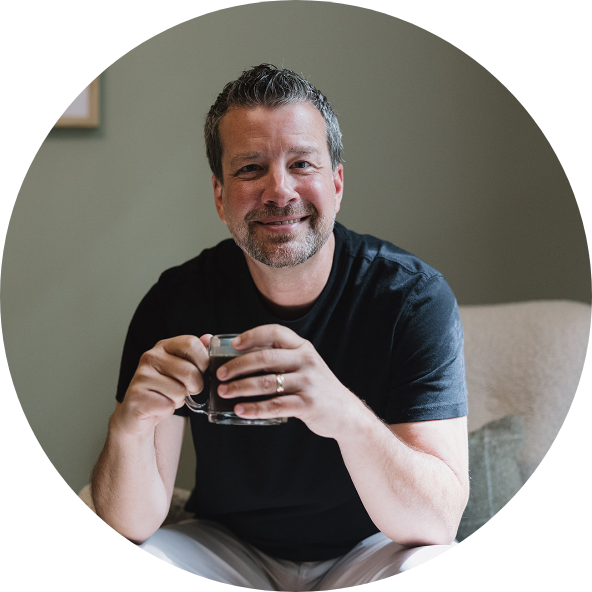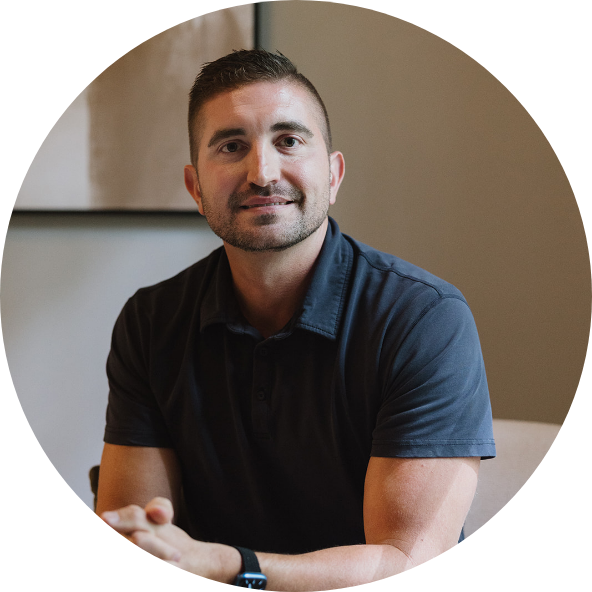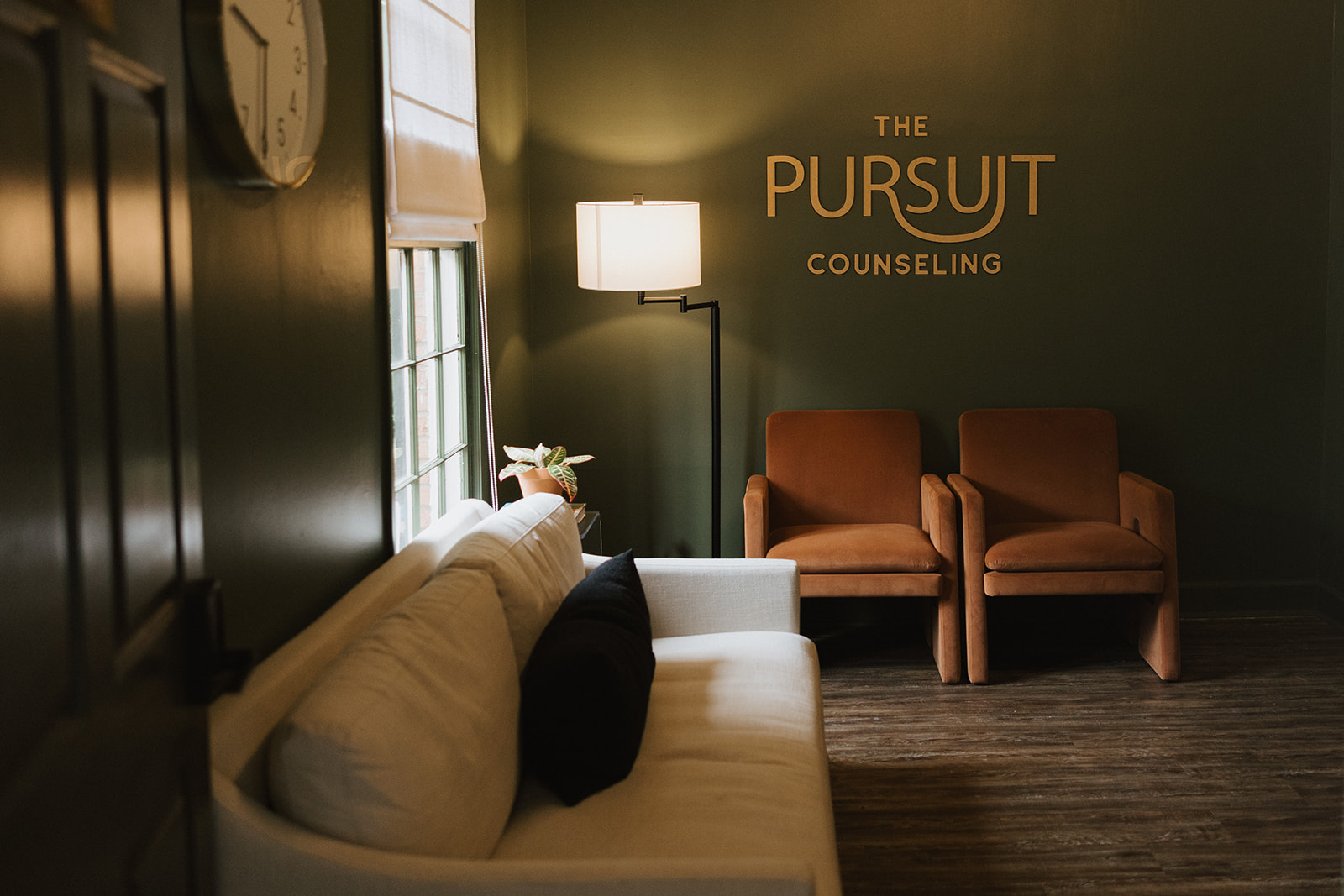By Julia Akins
Mental health is an integral part of our overall well-being, and it\’s crucial to take care of it just as we do with our physical health. While therapy and medication can be essential components of mental health treatment, there is another powerful tool that often gets overlooked – movement and physical activity. Exercise can have a profound impact on our mental well-being, and in this blog, we\’ll explore how it can be used as a means to heal and maintain good mental health.
The Mind-Body Connection
The mind and body are not separate entities; they are interconnected in complex ways. Physical activity, even in its simplest forms, can have a significant positive impact on your mental health. Here\’s how the mind-body connection works:
- Release of Endorphins: When you engage in physical activity, your brain releases endorphins, which are natural mood lifters. These \”feel-good\” chemicals can reduce feelings of depression and anxiety.
- Stress Reduction: Exercise helps lower the body\’s stress hormones, such as cortisol. As a result, it reduces the symptoms of stress and helps with stress management.
- Improved Sleep: Regular physical activity can improve the quality of your sleep. A well-rested mind is better equipped to handle the challenges of the day.
- Boosted Self-Esteem: Achieving physical goals and milestones in your fitness routine can boost your self-esteem and self-confidence. It can provide a sense of accomplishment and empowerment.
- Social Interaction: Participating in group activities or team sports can improve your social life and create a support system, which is essential for mental health.
Types of Movement and Their Mental Health Benefits
Various forms of physical activity can positively affect your mental health. Here are some examples:
- Aerobic Exercise: Activities like running, swimming, or dancing are excellent for releasing endorphins and improving mood.
- Yoga and Mindfulness: These practices combine physical movement with meditation and deep breathing, reducing anxiety and promoting relaxation.
- Strength Training: Lifting weights can not only make you physically stronger but also mentally resilient.
- Nature Walks: Connecting with nature during a hike or a simple walk in the park can reduce symptoms of depression and anxiety.
- Team Sports: Engaging in team sports fosters social interaction and a sense of belonging, which can alleviate symptoms of loneliness and depression.
Incorporating Movement into Your Routine
The idea of adding physical activity to your daily routine may seem daunting, especially if you\’re struggling with mental health challenges. However, it\’s important to remember that even small steps can make a big difference:
- Start Slowly: Don\’t put too much pressure on yourself. Begin with short walks or gentle stretches, and gradually increase the intensity and duration of your workouts.
- Make It Enjoyable: Choose activities you genuinely enjoy. This will make it more likely that you\’ll stick with them.
- Set Realistic Goals: Establish achievable fitness goals and celebrate your progress along the way.
- Create a Routine: Consistency is key. Try to make physical activity a regular part of your schedule.
- Seek Support: If you find it difficult to stay motivated, consider involving a friend, family member, or a fitness instructor who can provide guidance and support.
Healing your mental health through movement and physical activity is not a one-size-fits-all solution, but it is a powerful and accessible tool that can be incorporated into your overall mental health care. When used in conjunction with therapy and medication, regular physical activity can help reduce symptoms of depression, anxiety, and stress, and improve your overall well-being.
Remember that it\’s okay to start small and take your time. The most important thing is to keep moving forward, one step at a time, on your journey to better mental health. With patience and persistence, you can find the healing power of movement in your life.










